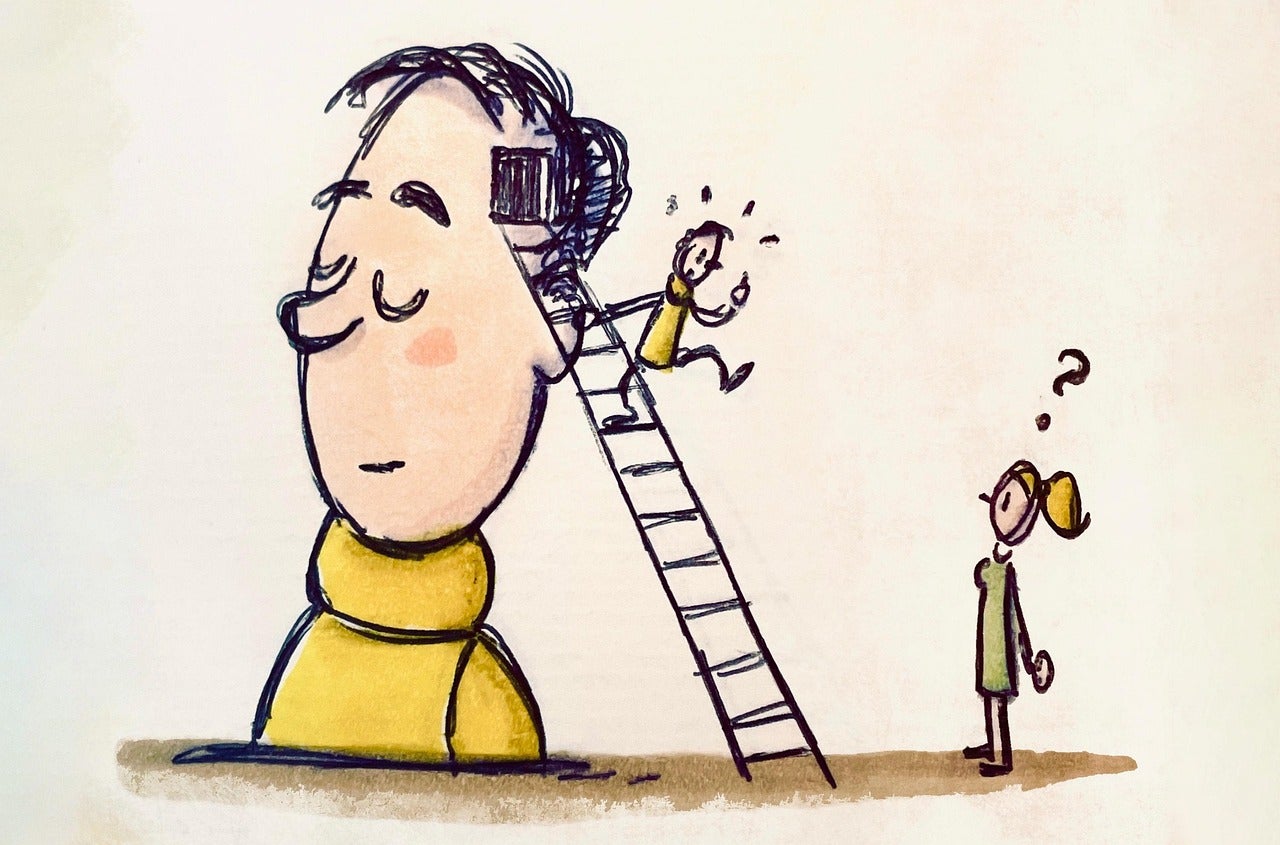We hear a lot about active listening—usually in the context of emotional intelligence (EQ), leadership, or communication courses. To be honest, I used to write it off as a fluffy buzzword that people threw around at conferences or in professional development workshops.
But, there is actually something to the idea of active listening; both in a theoretical sense and as a practical skill that everyone would have value from employing in their everyday lives, especially in career-focused settings.
From my individual experience, I have heard the term thrown around frequently at student leadership conferences and at Rice’s own DOERR institute events. If you haven’t heard the Doerr institute plugged before, you should definitely look into it. It is a professional development leadership coaching service offered through Rice - it offers courses and individual coaching that would cost thousands of dollars outside of this context.
So what exactly is active listening and how is it different from … just listening? Well it is really just the truest form of what actual listening should be. It's not that active listening is different from true listening, it's that the practice of listening has become so diluted, passive, and flimsy. I am going to use this blogpost to give a quick explainer of the idea and how I have learned it through my experiences at Rice.
Here are a few of the key components I’ve learned (and practiced) at Rice. First, resisting the urge to respond right away. Instead of immediately forming a reply, active listening means letting the speaker finish and taking a moment to process what they’ve said. Even a brief pause can signal respect and give space for thoughtful understanding. Second, not centering myself. We've all been guilty of saying, “Oh, that reminds me of this time when I…”—and with good intentions of course. But active listening means staying focused on the other person’s story, not pivoting the conversation to your own. A better approach could be asking follow-up questions or paraphrasing what they said to confirm you heard them correctly. In mediating conflict in particular, paraphrasing what the other person said can be incredibly helpful. Third, actively listening requires focusing on the core meaning behind what they are saying—not getting caught up in every minor detail. It’s about understanding what really matters to the speaker and responding accordingly. This takes more focus and care than we usually give to conversation. Lastly, visually signaling you are present in your body language. Eye contact, open posture, and minimal distractions show you're truly engaged (e.g., not looking at your phone constantly or looking away)—even if you're not speaking much.
Some research has even identified distinct listener types, suggesting that effective active listening can take different forms depending on the individual. For instance, some individuals listen with a task-oriented mindset, focusing on the most relevant or impactful points. Others approach listening analytically, seeking to evaluate the information naturally and understand multiple sides of an issue. There are also relational listeners, who tune into the speaker’s emotions as they speak. And finally, critical listeners tend to assess the validity and logic of what’s being said, often weighing arguments as they hear them.
Research shows that when active listening is used early in conversations, it significantly enhances the other person’s sense of being genuinely understood—more so than other types of responses. Another study revealed that when someone actively listens to another’s emotional experiences, it not only alters how that person views their own emotions but also leads them to view the listener more favorably. There is also empirical support that when a listener paraphrases a speaker’s message, it can lead to a stronger sense of connection and greater sense of likability.
Why It Matters For You, Prospective Graduate Student
Academia is full of high-achieving individuals working on brilliant projects, research, and studying fascinating, but highly complex topics. It is easy to fall into a pattern of listening to reply rather than to understand.
Active listening has helped me slow down and actually hear the people I’m learning from and working with. It’s made me a better group collaborator, a more empathetic peer, a better friend, and a more intentional communicator—especially in the diverse and international settings associated with my global affairs program, where sensitivity to this can make or break a conversation.
“Future, Growth” (2025) – Unknown Artist

I came across this Lego art piece in the Business building titled Future, Growth, and it unexpectedly reminded me of the power of approaching life with positivity and intention—both of which are essential to how active listening shapes personal and collective growth. Just like building with Legos, active listening (and building meaningful relationships in general) is about piecing together small moments—pauses, reflections, empathy—to create something real (strong, stable, and connected).
True listening isn’t passive; it’s an intentional act that lays the foundation for understanding, trust, and growth. It might not always be visible, but much like the internal framework of this sculpture, it’s what holds everything together.
At the end of the day, active listening isn’t about being polished or putting on a performance—it’s about being genuinely present, being respectful, and giving others the space to fully express themselves before you jump in. It’s something I’m still working on—but I’ve seen how much it can transform the quality of relationships and conversations. Whether you're leading a group project, working with a professor, or doing networking calls, practicing active listening is one of the most valuable habits you can build during your time in grad school; and it’s a lot more powerful than the fluffy associations people have with it.
About the author:
Anna Lucas is a Master of Global Affairs candidate at Rice University, with interests in international law, outer space, and emerging technologies. She got her B.Sc. in Biochemistry and Philosophy from Baylor University in Waco, Texas. She will continue her studies at NYU Law in Fall 2025, pursuing a career in international law. Read more.
Further Reading:
Leveraging a Professional Master's for a JD
Mental Ruts and the Importance of Hobbies
Day Trip from Rice: Immerse Yourself in Texas History

